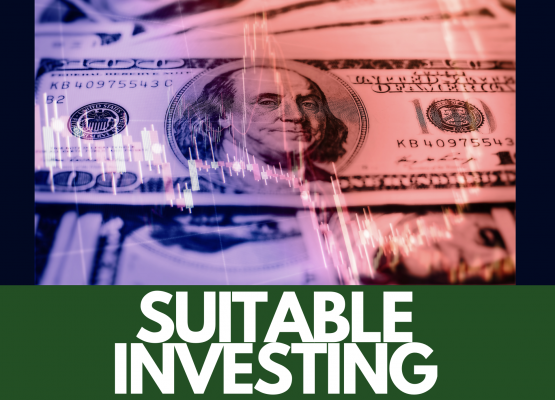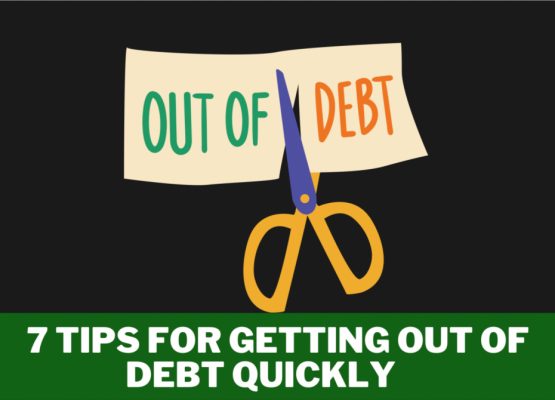You’ve finally done it! You’ve saved your first $100,000, but now you don’t know what to do with it. Investing your first $100,000 is a milestone that can be both an exciting opportunity, and it can also feel like a large responsibility to manage properly. By taking a strategic approach, you can lay the groundwork for your own financial growth and security. In today’s article, we will walk you through, step-by-step the essentials of building a diversified investment portfolio with your approximately $100,000 in savings, that is tailored to your specific investment goals and objectives.
Understanding Diversification
Diversification is the process of spreading your money across various asset classes to reduce your risk. A well-diversified portfolio can help manage risk, along with reducing the volatility of an asset’s price movements. If you have $100,000 to invest, diversification becomes even more important, to help safeguard and grow your portfolio.
Assessing Your Investment Goals and Risk Tolerance
Before diving into any specific investment choices, it’s important to assess your specific investment goals and risk tolerance. Are you saving for retirement, a major purchase, or general wealth accumulation? Your investment horizon, specific goals, and risk tolerance will significantly influence your individual investment strategy. Younger investors, for example, might lean towards more aggressive growth stocks, while those closer to retirement may prioritize capital preservation and regular income via dividend stocks.
Allocation Strategies for a $100,000 Portfolio
- Stocks and Equities: Consider allocating 40-60% of your portfolio to stocks. This can include individual stocks, mutual funds, and ETFs. Stocks offer potential for high returns, but generally come with greater risk. Diversifying across sectors, along with geographies will help to mitigate some stock specific risks.
- Bonds and Fixed Income: Bonds should make up 20-40% of your portfolio. They provide a more stable income than stocks, with interest payments. You can diversify your bond investment across government bonds, corporate bonds, and municipal bonds.
- Real Estate and REITs: Allocating 5-10% to real estate, through REITs (Real Estate Investment Trusts), can offer stable income through dividends and potential capital appreciation. REITs allow investors to invest in real estate without having to buy physical property.
- Alternative Investments and Commodities: Including 5-10% in alternative investments like commodities (gold, silver, oil) or hedge funds (if able) can further diversify your portfolio. These assets often have a low correlation with the stock market, providing a hedge against inflation and market volatility.
- Cash or Cash Equivalents: Keeping 5-10% in cash or cash equivalents, such as money market funds, or online savings accounts, allows flexibility and liquidity. It’s a safety net for market downturns and unexpected expenses.
Implementing Your Investment Strategy
- Start with a Solid Foundation: Consider starting with broad-market index funds or ETFs, since they offer instant diversification, often across hundreds of stocks.
- Research and Diversify: Research individual stocks, bonds, and other investment opportunities to diversify your portfolio further. Consider using robo-advisors, financial advisors, or other professional services for tailored & personalized advice.
- Monitor and Rebalance: Regularly review your portfolio to ensure it aligns with your investment goals. Rebalance as necessary to maintain your desired asset allocation.
Tax Considerations and Costs
Be mindful of the tax implications of your investments. Utilize tax-advantaged accounts like IRAs or 401(k)s for retirement savings. Consider the tax efficiency of investment vehicles and strategies, such as holding higher-tax investments in tax-advantaged accounts.
Also, keep an eye on costs associated with investing, including brokerage fees, fund management fees, and transaction costs. Minimizing these expenses can significantly impact your investment growth over the long-run, due to the power of compound interest.
Conclusion
Investing your first $100,000 is a significant step towards financial independence. By following a disciplined investment strategy, tailored to your specific investment objectives & risk tolerance, you can build a diversified portfolio that will assist you in achieving your long term goals. Remember, investing is a marathon, not a sprint. Regular contributions, combined with a diversified investment approach, will help you navigate market volatility and achieve greatness in the financial markets.
Investing involves risks, including the loss of principal. Consult with a financial advisor or other investment professional, to tailor an investment strategy that is right for you.




